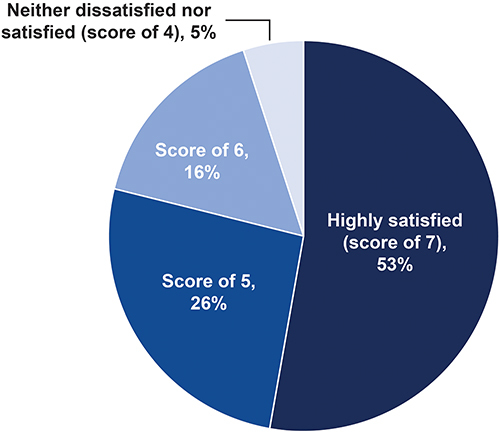Figures & data
Figure 1 Dexamethasone intracanalicular insert depicted in yellow (coin for scale) (A). Placement of the dexamethasone intracanalicular insert in the canaliculus of the eye (B). The dexamethasone intracanalicular insert can be visualized by a blue light source (for example, slit lamp or hand-held blue light) with a yellow filter (C).
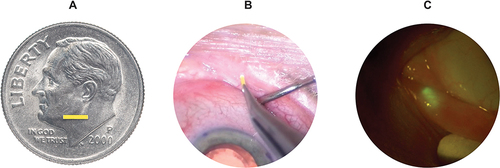
Table 1 Patient Demographics
Figure 2 Proportion of patients reporting (A) prescribed schedule and (B) proper instillation of eyedrops combined with DEX after cataract surgery. More than 38% of patients reported that it was difficult to take all eyedrops exactly when they were supposed to be applied (A), and more than 40% of patients reported that it was difficult to apply all eye drops exactly into their eye every time (B).
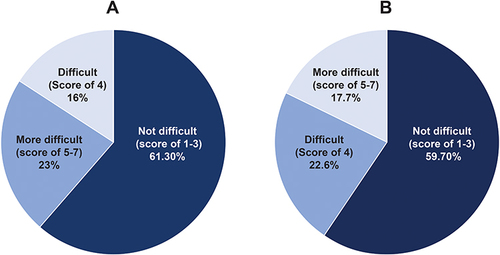
Figure 3 Proportion of patients who reported missing instillation of prescribed eyedrops combined with DEX after cataract surgery. Patients reported missing at least 1 eyedrop instillation of prescribed eyedrops after surgery.
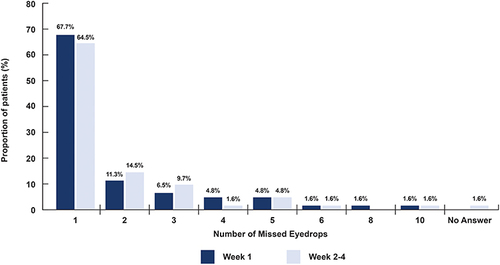
Figure 4 (A) Satisfaction, (B), preference, and (C) likelihood of recommending DEX to family members of patients at 30 days from DEX placement. (A) and (C) were scored on a 7-point Likert scale and (B) was a multiple-choice question. Patients were generally satisfied with having DEXTENZA during cataract surgery (A), would prefer DEXTENZA over 4 additional eye drops per day (B), and were likely to recommend DEXTENZA to a family member for post-cataract surgery pain control (C).
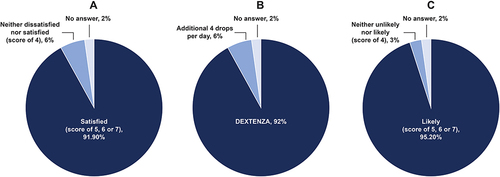
Figure 5 Proportion of practice staff representatives who reported patients having difficulty with a type of ocular medication. Patients more frequently had difficulty with steroid medications compared to NSAIDs or antibiotics. NSAID, non-steroidal anti-inflammatory.
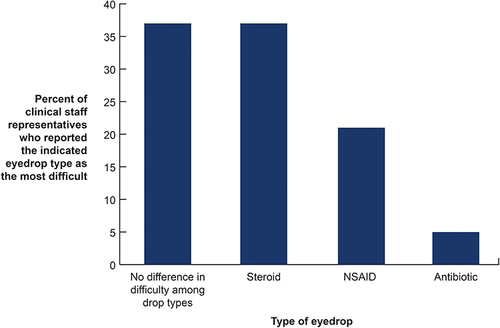
Figure 6 Practice staff time spent on patient education and pharmacy callbacks reduced with DEXTENZA. (A) Practice staff spent 45% less time on patient education and (B) 46% less time on pharmacy calls with DEXTENZA compared to the standard of care 3-drop regimen.
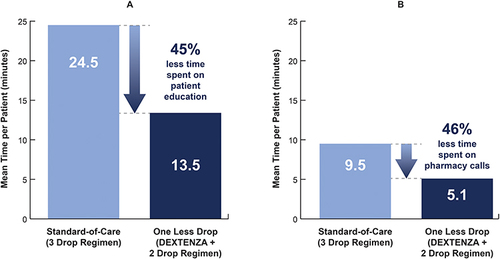
Table 2 Satisfaction of Practice Staff Representatives (N = 19) with DEXTENZA
Figure 7 Satisfaction of practice staff representatives with using DEXTENZA as a new means of providing 30 days of steroid treatment for patients undergoing cataract surgery. Scores are based on 7-point Likert scale with 1 being highly dissatisfied, 4 being neither dissatisfied nor satisfied, and 7 being highly satisfied. Approximately 95% of practice staff representatives were satisfied to highly satisfied.
